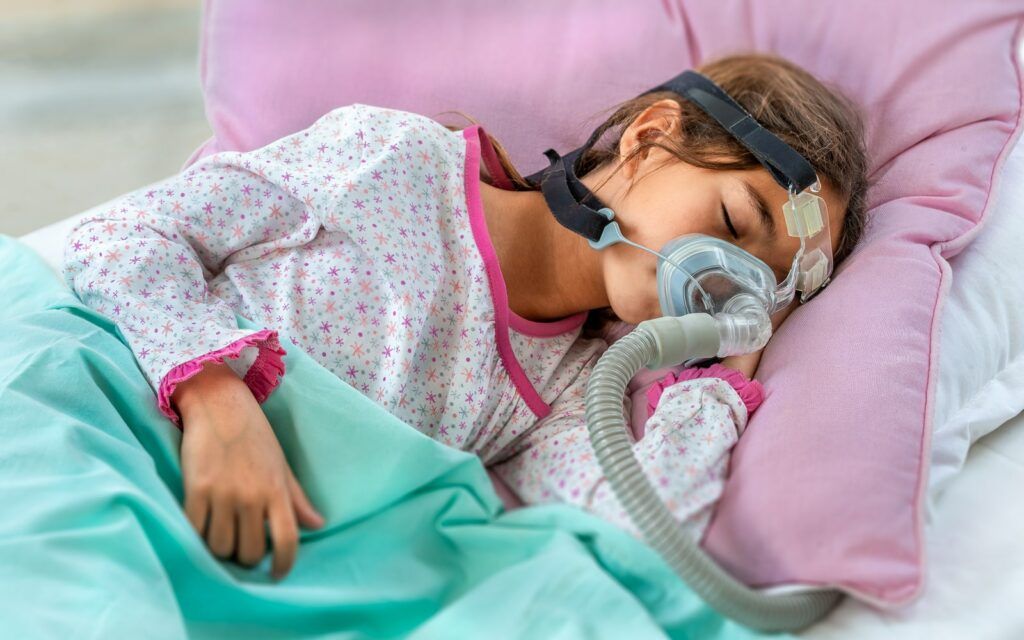Have you ever started the day with tooth prints on your tongue? If this doesn’t seem like a strange question to you, your tongue is trying to tell you something. Do you often feel like you’re tired no matter how long you’ve slept? In combination, these things may indicate that you have a condition called OSA. You probably know it as Obstructive Sleep Apnea. Ongoing research suggests that your tongue may be a prime indicator of sleep apnea. The size of your tongue, tonsils, and indentations in the tongue were all factors.
Understanding Obstructive Sleep Apnea, or OSA
Nearly 10% of all women in the world experience struggles with this condition. Men show a much higher incidence rate at almost 25%. OSA is a common sleeping disorder that can make sufferers stop breathing for 10 seconds or more at night. This event can fragment their sleep, which has multiple consequences. Among these consequences are irritability, fatigue, drowsiness, and more. Long-term sufferers of OSA are at risk of stroke, depression, hypertension, and more.
Additional helpful information about OSA includes:
- Tongue indentations are a useful diagnostic tool
- 18% of women at risk of sleep apnea snore
- 82% of men at risk of sleep apnea snore
- Large tonsils are a standard indicator
- Obesity results in a dramatic increase in symptoms
- Difficulty diagnosing is reported in many patients
- Unremitting sleepiness is a factor for most sufferers
Diagnosis of obstructive sleep apnea is possible using various techniques. Teeth indentations are not a fail-proof method but are an excellent place to start. Dentists can provide additional insight into the condition. As sleep apnea can result in high incident rates of dry mouth, resulting symptoms are a sign. Tongue indentations can be identified by dentists, as can enlarged tonsils. These are often indicators that further testing is necessary.
When deemed necessary, a physician will send those at risk to a sleep study. This study typically involves an overnight stay in a study facility. Throughout the night, the patient’s airflow, blood oxygen levels, respiratory efforts, muscle activity, and more are observed. All of these details are considered when making a diagnosis. When sleep apnea is discovered, a second study may be scheduled. During this study, your physician will explore the specifics of the condition. The result will allow appropriate treatment options, including pressure calibration of the CPAP.
What To Do If You Have Reason To Believe You Have Sleep Apnea
If the above sounds familiar to you, pick up the phone and call your dentist. They’ll be able to help you make a positive diagnosis. Getting treatment for sleep apnea can result in significant quality of life improvements. It helps you immediately by helping you get a good night’s sleep. You will also reap the benefits down the road. The long-term health consequences of sleep apnea are serious, and managing them is essential to lasting health. The first few nights with a CPAP machine can be quite a struggle. In the long term, you will become accustomed to it and feel better than you have in years.




